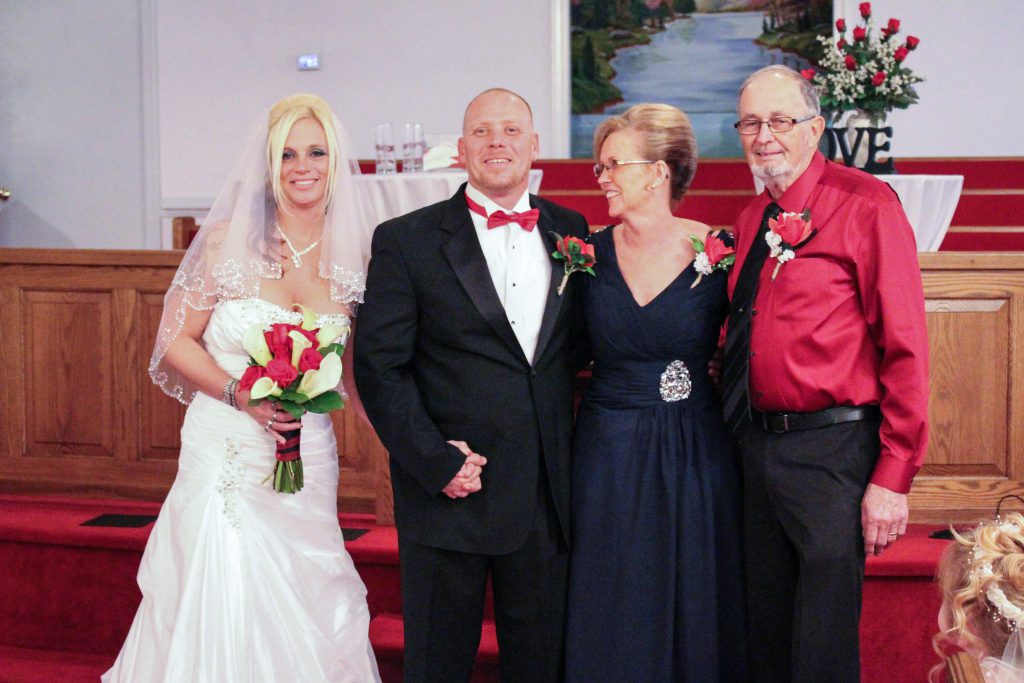
At Alan Gell’s 1998 murder trial, the crucial evidence came from two teenage girls. The girls said they watched Alan shoot Allen Ray Jenkins to death in the driveway of Jenkins’ Bertie County home. It happened on the night of April 3rd, 1995, they told the jury, during a robbery gone wrong. The jury sent Alan, then 22, to death row. In exchange for their testimony, the girls were allowed to plead guilty to second-degree murder and sentenced to just ten years.
Alan’s defense attorneys wouldn’t find out until years later that the prosecutor had a recording of the girls plotting to make up a story to incriminate Alan. What’s more, Mr. Jenkins’ body was not discovered until April 14th, eleven days after the robbery the girls described. And the prosecutor withheld statements from seventeen of Mr. Jenkins’ friends and neighbors, who told investigators they saw him alive well after April 3rd. The statements proved that Alan could not have been the killer, because he was out of state or in jail on a car theft charge from April 4th until after the time Mr. Jenkins’ was found dead.
In 2002, four years after Alan was sent to death row, a judge overturned his conviction because of the hidden evidence. The state medical examiner reversed her earlier testimony, and said she now believed the date of death was days after Alan could have been involved in the killing. Nevertheless, the N.C. Attorney General’s Office continued to press for Alan’s execution. In 2004, the state retried Alan for Mr. Jenkins’ murder.
The jury deliberated less than three hours before acquitting Alan and sending him home. He married the love of his life in 2015.
